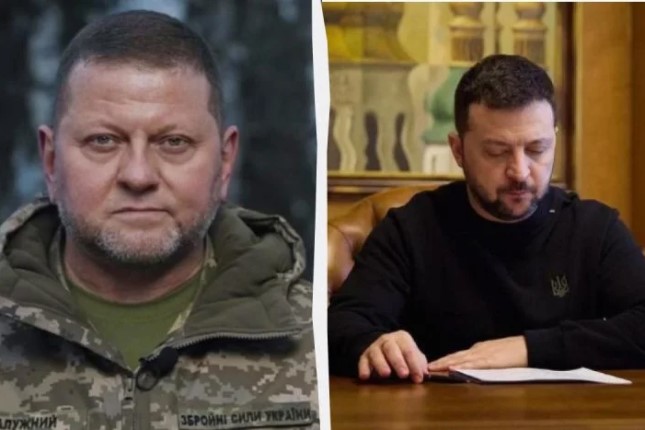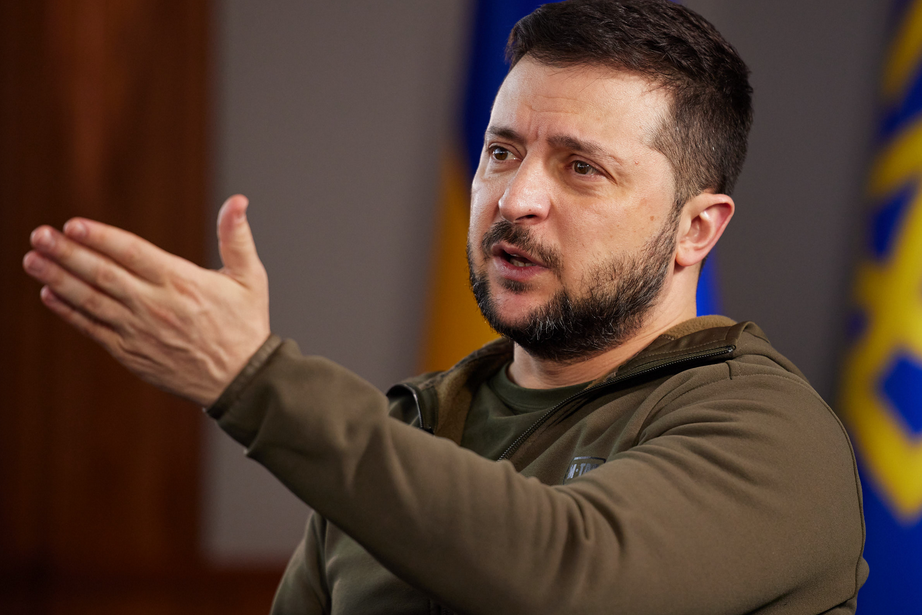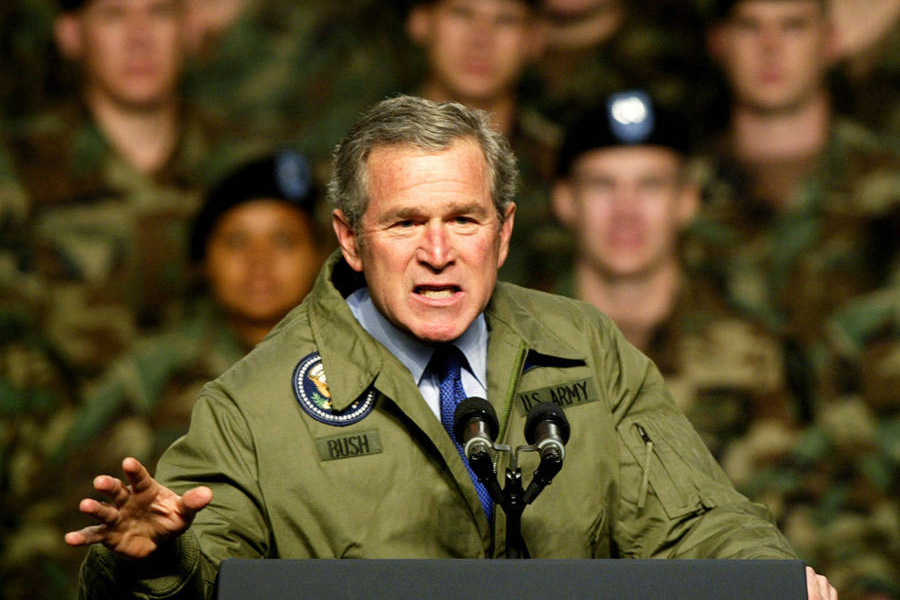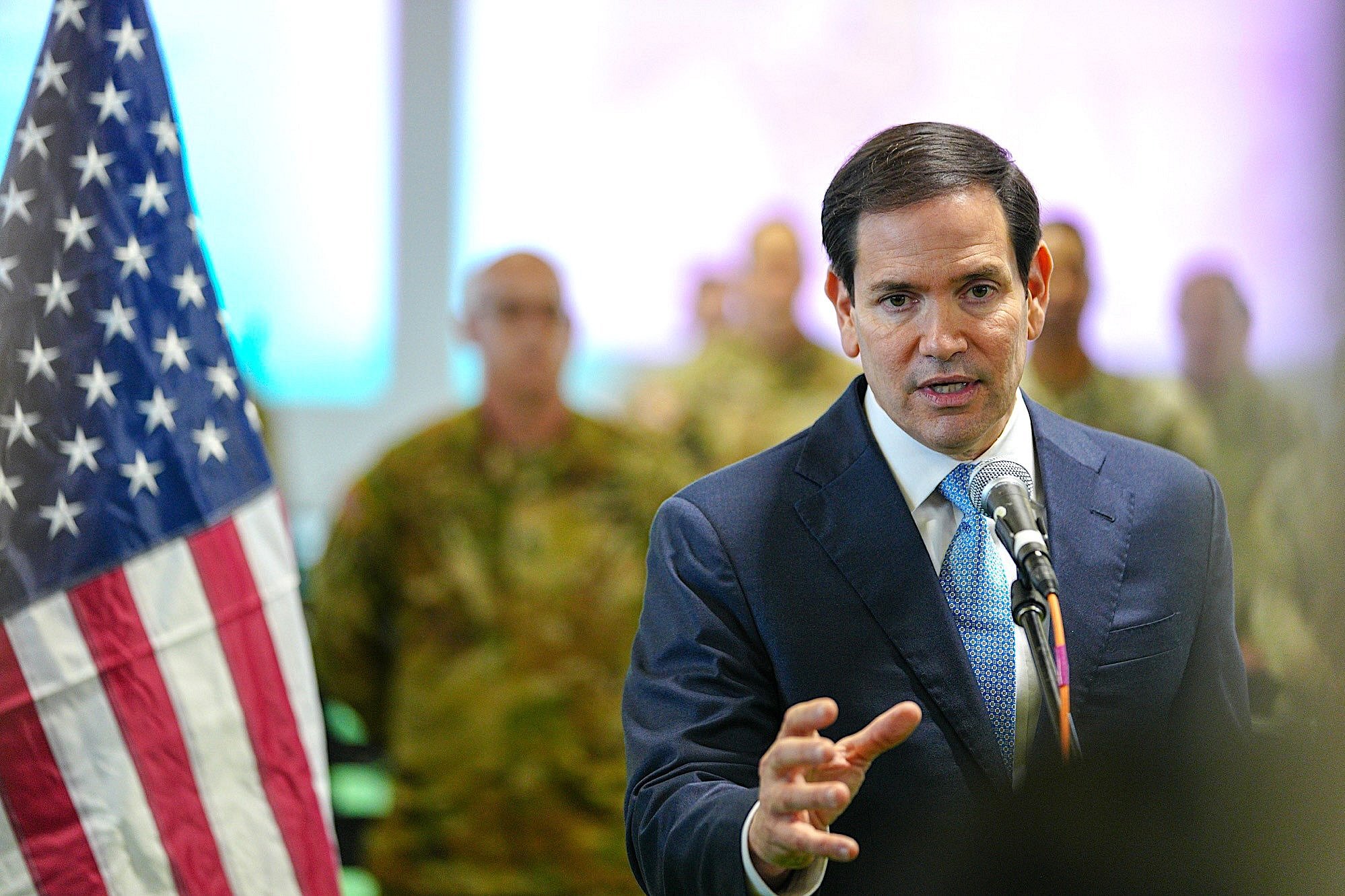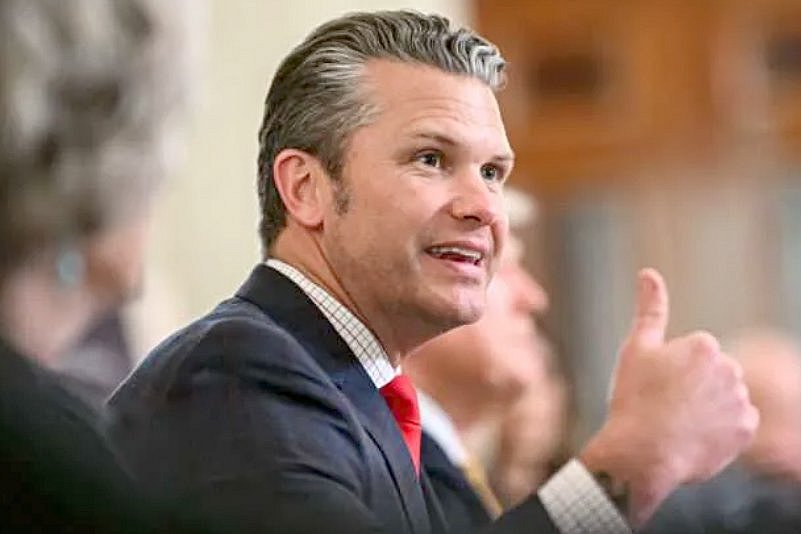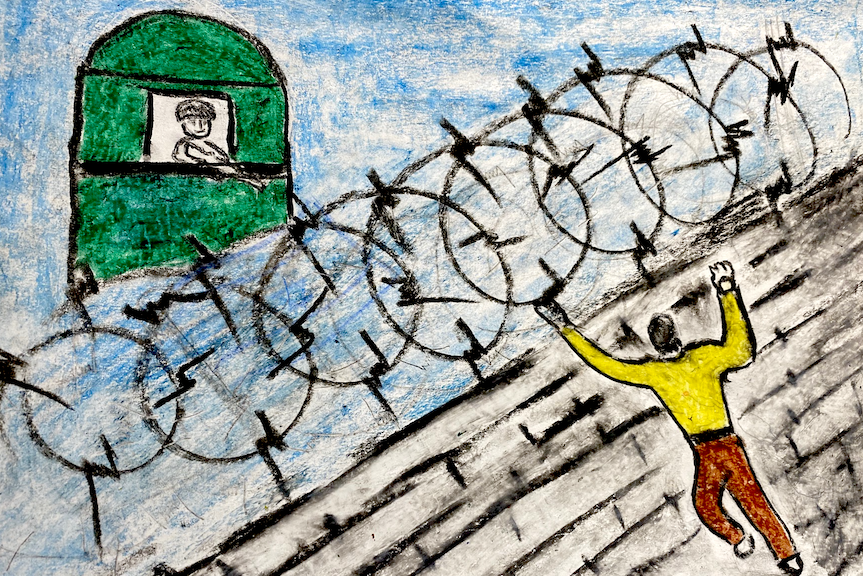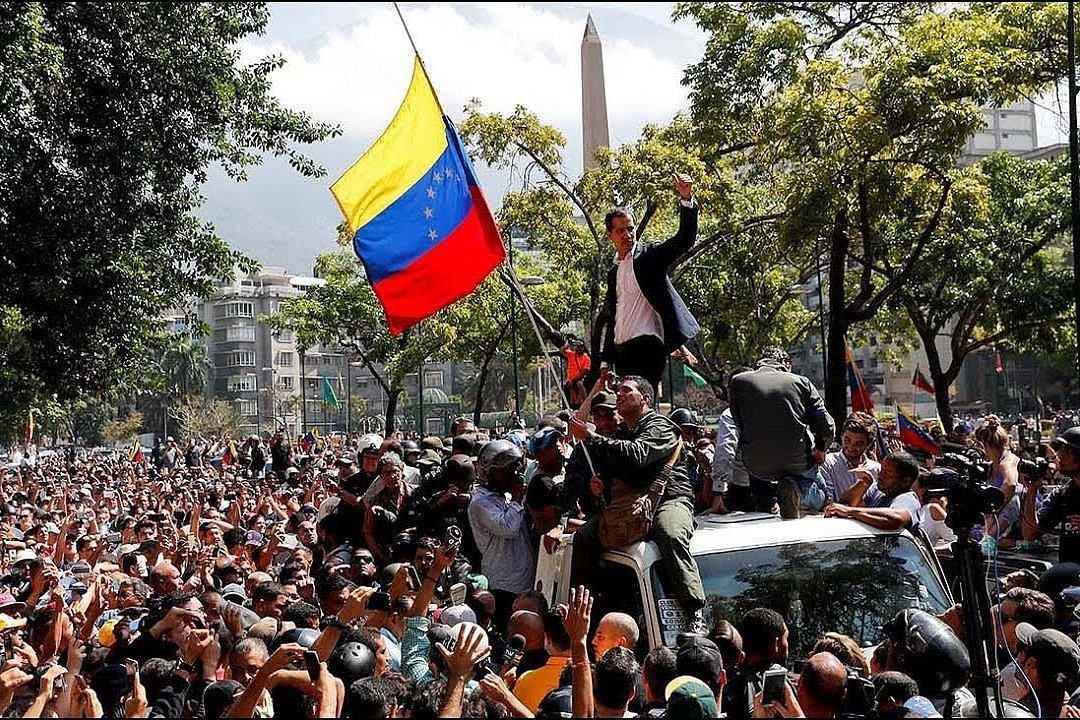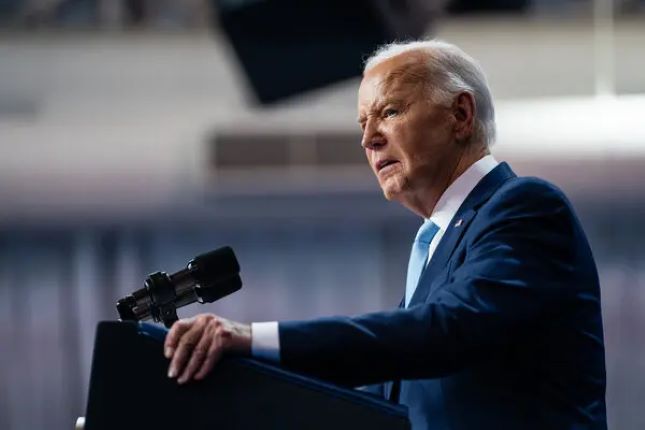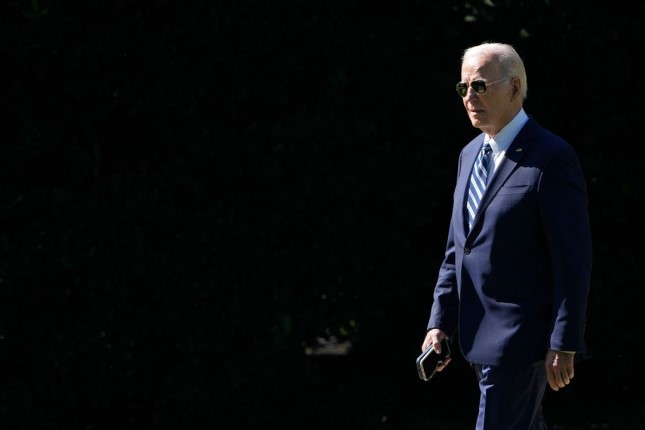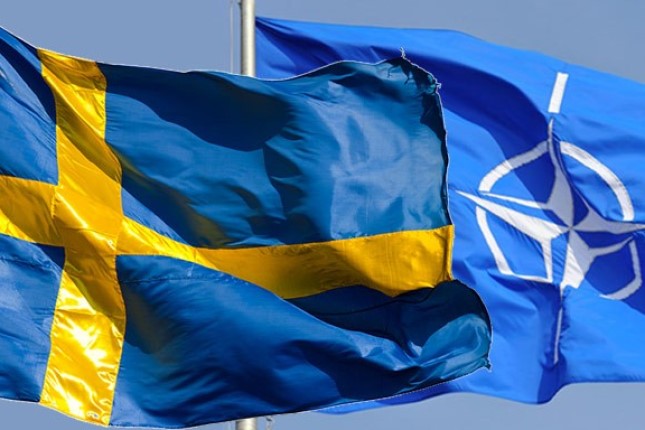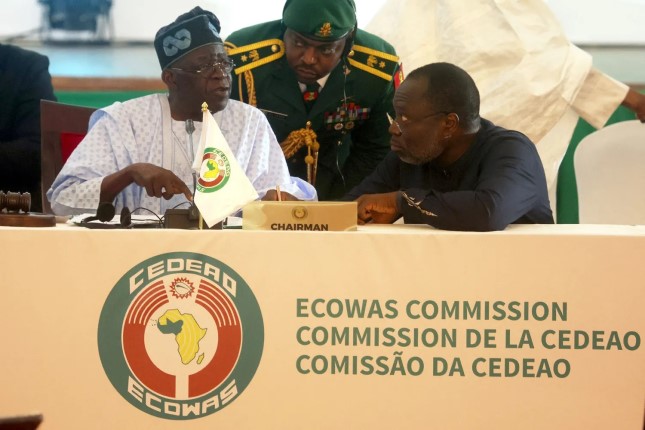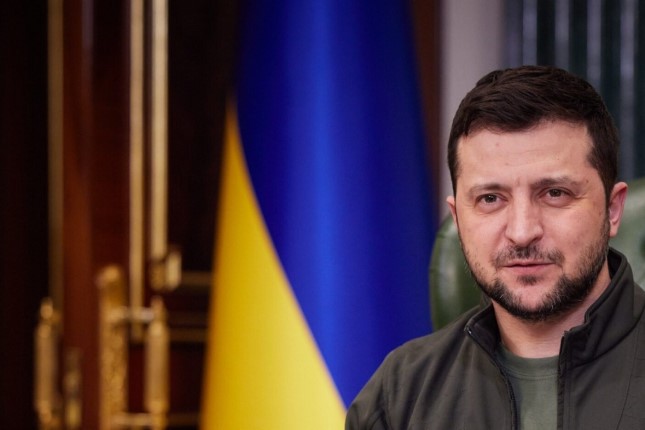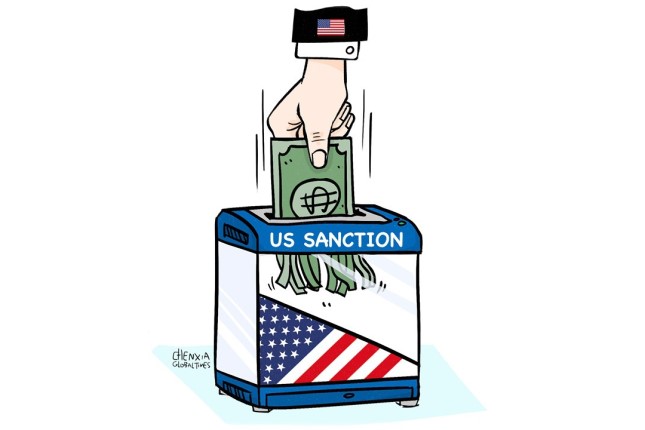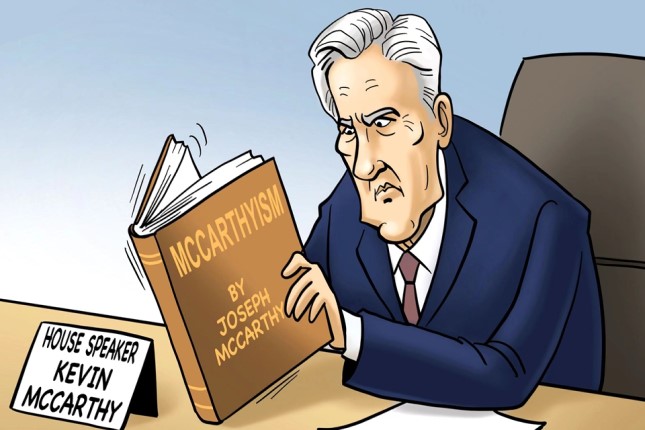Their long private conflict first became public on November 1, 2023 when Zaluzhny made his views public to the West in an interview and essay with The Economist that made clear his assessment that the war with Russia had become a stalemate that Ukraine could not win. Days later, Zelensky rebuked him with a rebuttal on NBC’s Meet the Press.
The firing of Zaluzhny is not just the mundane firing of a general during wartime: that frequently happens when a war is not going well. Its significance is not just that it suggests a recognition that Ukraine is losing the war and that the game changing city of Avdiivka is about to fall. On February 5, Zelensky partially conceded Zaluzhny’s statement, admitting in an interview that “As far as the war on the ground is concerned, there is a stalemate, that’s a fact,” and Zaluzhny likely would not have been fired were Avdiivka not about to be lost. The firing of the general is significant because of what it publicly contributes to the diagnosis of the condition of the leadership in Kiev and to the prognosis of the war and how it will end.
That Zelensky was poised to fire Zaluzhny was revealed on January 29 when the Ukrainian media reported both that Zaluzhny had been dismissed when, having been summoned by Zelensky, he refused to accept another position, perhaps an ambassador or a defense adviser, and the denial from the President’s office that he had been dismissed.
The next day, The Financial Times reported that, whether or not Zaluzhny accepted another role, Zelensky had made the decision to dismiss him.
And on February 8, he did: “Today, a decision was made to change the leadership of the Armed Forces of Ukraine,” the minister of defense, Rustem Umerov, said. “Starting today, a new management team takes over the leadership of the Armed Forces of Ukraine. I want our soldiers in Robotyn or Avdiivka, the General Staff and the Chief of Staff to have the same vision of the war,” Zelensky said.
Though there are several possible reasons for the firing of the Commander-in-Chief of the Ukrainian armed forces, Zaluzhny seemed to confirm that that desire for a shared vision was one of them. “A decision was made,” he said, “about the need to change approaches and strategy.”
Zelensky and Zaluzhny seem not to have shared that common vision. They have for months been at odds over a strategy for how the war should proceed. Zelensky insisted on staying on the offensive, but his generals, led by Zaluzhny, saw the fight for Bakhmut and Avdiivka at any cost as a strategic blunder that was costing Ukraine too dearly in equipment and, especially, in lives. Zelensky insisted on staying on the attack. On October 22, he insisted on moving forward, “Whether it’s by a kilometer or 500 meters, but forward every day.” Zaluzhny saw this insistence as reckless and disconnected with the reality on the battlefield. He advocated the adoption of a defensive strategy like the one that had been successful for Russia.
Though divergence in military strategy was surely a reason for Zaluzhny’s dismissal, there are other possible reasons. One is political. While Zelensky’s popularity and Ukrainian’s trust in him remain high, they are beginning to wane, while Zaluzhny’s popularity and trust in him is continuing to wax. A USAID funded poll conducted by the International Republican Institute at the end of October found that while 72% of Ukrainians trust Zelensky, 82% trust Zaluzhny. Internal polling suggested a bleaker picture still, showing mid-November trust for Zelensky plummeting to 32% with Zaluzhny’s numbers still hovering at 70%. December polling by the Kyiv International Institute of Sociology showed trust in Zelensky had dropped from 84% at the end of 2022 to 62%, while 88% still trusted Zaluzhny. Zaluzhny has not declared any intention to run for president, but if he were to, he would beat Zelensky with 44% of the vote versus 38%.
The New York Times reports that “Opinion polls had consistently ranked the president and general as the most trusted figures in Ukraine during the war. Through the fall, Mr. Zelensky’s ratings had fallen while General Zaluzhny had retained consistently high levels of support. General Zaluzhny’s high standing with the Ukrainian public led to speculation that he could be a prospective challenger to Mr. Zelensky in future elections, prompting some in the country to regard them as political rivals.” That rivalry may have been a second reason for the removal of Zaluzhny.
If the first possible reason is military and the second is political, the third is diplomatic and more clandestine. Seymour Hersh reports that Zaluzhny had been in “secret discussions” with Russia’s top general, Valery Gerasimov, on key issues that would need to be resolved to bring the war to an end. While Gerasimov was keeping Putin informed of the talks, Hersh reports, Zaluzhny was not doing the same with Zelensky.
Amongst Zelensky’s motives for dismissing Zaluzhny, according to some Americans, Hersh says, is that Zaluzhny had continued to directly or indirectly participate in secret talks with U.S. and other Western officials on how to negotiate an end to the war with Russia.
The dismissal of General Zaluzhny is significant, not only for its contribution to the diagnosis of the condition of the leadership in Kiev. It is also important for its hints at a prognosis for the direction in which that leadership and the war are heading.
Zaluzhny is enormously popular both among the military and among the citizenry. He has the loyalty and the backing of the armed forces. When Zelensky first revealed his intent to dismiss Zaluzhny, there was, The Washington Post reports, a swift, negative reaction in the military ranks.
His replacement, General Oleksandr Syrsky, does not enjoy that popularity. “Within the ranks of the Ukrainian military,” The Post reports, “Syrsky is widely disliked.” His role in the defence of Bakhmut, and other battles, have given him the reputation of a commander who is willing to give orders that lead to little real gain and lots of real loss of life. “Some soldiers say his orders are unreasonable, at times sending men to their obvious deaths,” The Post reports. According to The Economist, he “has a reputation for being willing to engage the enemy, even if the cost in men and machines is high.” His reported willingness to put “his men in danger to reach his military goals” has earned him the nickname “Butcher.”
Reflecting an awareness in Kiev of the need to address Syrsky’s “reputation for being indifferent to military casualties,” in his first statement as Commander-in-Chief, Syrsky said that “The lives and well-being of our servicemen have always been and remain the main asset of the Ukrainian army.”
Syrsky’s battlefield performance has also earned him the reputation as being a commander who is close to and loyal to Zelensky and who is less likely than Zaluzhny to question or challenge his orders.
Depending on how the military reacts to the replacement, the removal of Zaluzhny could reveal cracks in Zelensky’s leadership and lead to a more significant crisis in the government or military, perhaps even testing loyalties.
It is not only the removal of Zaluzhny that is significant for the prognosis of the course that Zelensky is setting for the war. The choice of the replacement as commander-in-chief of the Ukrainian armed forces could be equally revealing.
Zelensky had two clear choices: Syrsky, the commander of Ukraine’s ground forces, and Kyrylo Budanov, the head of Ukraine’s military intelligence. As the war against Russia has begun to go increasingly badly for Ukraine, there has been suggestions that Ukraine may need to adjust to reality and alter strategy, giving up the head-to-head fight on the battlefield and resorting to a war of insurgency and deep strikes into Russia.
Budanov is the perfect leader for that new strategy. It is what he has been doing successfully since the war began. Syrsky is the flag bearer of the old strategy, grinding out a war of attrition on the battlefield. It is possible that Budanov did not want the job, that Zelensky tapped him, and he turned it down, preferring to stay in his current position. But if the appointment of Syrsky represents Zelensky’s choice, then that choice suggests that Zelensky has rejected the suggestion to move into a new phase of the war and, as he has in Bakhmut and Avdiivka, insisted on continuing the very costly battlefield war of attrition.
The dismissal of Valerii Zaluzhny points to a recognition that Ukraine is losing a war that has come to a critical juncture. But it may also have strategic, political and diplomatic motivations that give insights into the current leadership situation in Kiev. Looking forward, it may probe sensitive areas affecting the direction the leadership and the war are heading. It may test the loyalty of the military, as well as the loyalty of the Ukrainian civilians and their government. It may also reveal the kind of war Zelensky has decided to continue to pursue.
Source: AntiWar.
